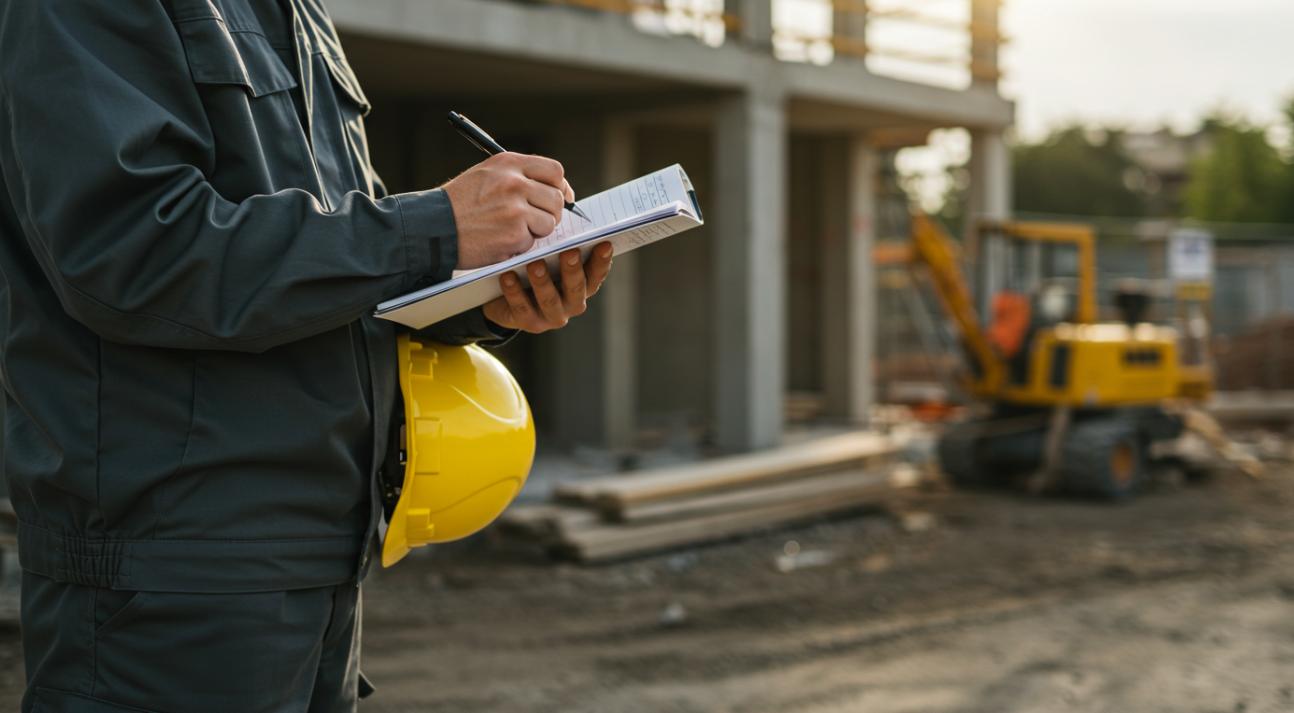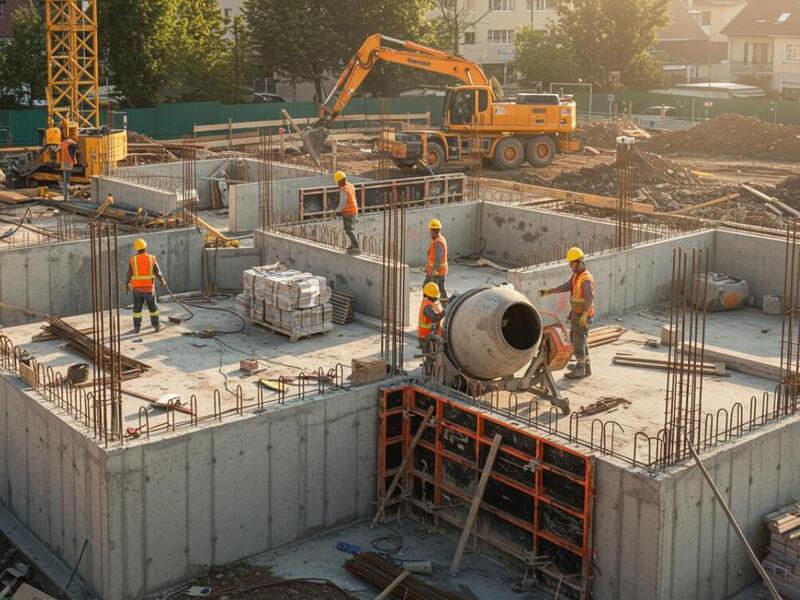
In 2023 alone, over 50% of construction projects faced permit violations, leading to costly fines and delays. Faced with regulations tightening and oversight increasing, understanding construction violations is more critical than ever. Whether you’re a homeowner, contractor, or property investor, the implications of these violations can jeopardize your project’s success. Stay informed and learn how to navigate the complex landscape of construction compliance to avoid potential setbacks.
Understanding construction violations
Construction violations occur when building practices fail to adhere to established codes, regulations, or permit conditions. These non-compliance issues can lead to substantial financial implications, project delays, and legal trouble if not adequately addressed.
What constitutes a construction violation?
A construction violation typically arises when any facet of a project deviates from the authorized plans or local building codes. Such infractions might include:
-
Modifications made without obtaining proper permits
-
Failure to follow approved blueprints
-
Utilizing unlicensed contractors for critical tasks
-
Neglecting mandatory inspections or failing them
Common types of construction violations
Construction violations manifest in various forms, including but not limited to:
-
Permit violations: engaging in work without securing the right permits
-
Safety violations: failing to implement safety measures, leading to hazards on-site
-
Zoning violations: not adhering to zoning laws that dictate land use
-
Building code violations: deviating from technical requirements and standards set by local authorities
Consequences of construction violations
Knowing the consequences of construction violations is important for everyone involved. Ignoring them can cause delays and extra costs.
Fines and penalties
Violations often result in financial penalties, which can add up quickly, straining your budget. In severe cases, you might be responsible for redoing parts of the project that do not comply with legal requirements, incurring even larger costs.
Project delays
When authorities discover a violation, they may halt the project until you rectify the issue. These disruptions not only prolong completion timelines but can lead to frustrations for homeowners, contractors, and investors alike.
Legal ramifications
In some cases, ongoing non-compliance might result in legal action against you or your contractors. It’s indispensable to fix any violations promptly to avoid bigger issues and protect your company’s reputation.
How to avoid construction violations?
Preventing construction violations requires proper planning, compliance awareness, and attention to detail. By adopting a proactive approach, you can significantly diminish the chances of encountering legal complications.

1. Secure necessary permits
Every construction project mandates specific permits. Ensure you research and apply for all required documentation before breaking ground. Consult your local building department to identify the necessary permits relevant to your project.
It’s always best to err on the side of caution. Getting the proper permits can help you avoid costly mistakes and stress.
2. Hire licensed professionals
When it comes to hiring contractors, select those with appropriate licenses and experience. A licensed contractor understands the local building codes and knows how to navigate the permitting process. Their expertise is vital, as they help ensure that your project remains compliant throughout various stages.
3. Adhere to approved plans
Once you have received your permits, strictly follow the approved plans. If you need to make modifications, always seek permission from local authorities before proceeding with any changes. Unauthorized alterations are prevalent causes of construction violations.
What to do if you encounter a violation?
If you find yourself facing a construction violation, act quickly and correctly to lessen the impact.
1. Review violation notices
Take time to carefully analyze any violation notices you receive. This documentation will outline the specifics of the issue and the necessary actions required to resolve it. In some cases, it may be as simple as scheduling a missed inspection, while in others, you may need to address more significant compliance issues.
2. Consult experts
If you’re unsure, don’t hesitate to call in professionals. Whether you need an experienced contractor or a permit expediter, their expertise can be crucial in resolving the issue. They can work with authorities and make the correction process more efficient.
3. Make necessary corrections
Implement the required changes to rectify the violation as promptly as possible. This might entail submitting revised plans, fixing code deviations, or addressing inspection failures. Staying on top of these issues will save time and prevent additional penalties.
This table provides a more generalized overview of potential consequences and resolution steps for common types of construction-related violations.
|
Violation type |
Potential consequence |
Resolution steps |
|---|---|---|
|
Permit violation |
Fines and halted work |
Obtain retroactive permits |
|
Safety violation |
Increased liability and injuries |
Implement safety training |
|
Zoning violation |
Legal action or fines |
Contact zoning board for clarification |
|
Building code violation |
Rework and fines |
Consult a building inspector |
Understanding construction violations is essential for anyone in the industry. Homeowners and contractors alike must recognize the risks and take steps to minimize them. By securing the right permits and hiring licensed professionals, you can ensure an easier process and reduce the risk of legal issues.
Don’t let permit violations delay your project. Get expert advice on navigating construction compliance to keep your experience smooth and efficient.
https://www.youtube.com/watch?v=zneT9zuvod4![]()










